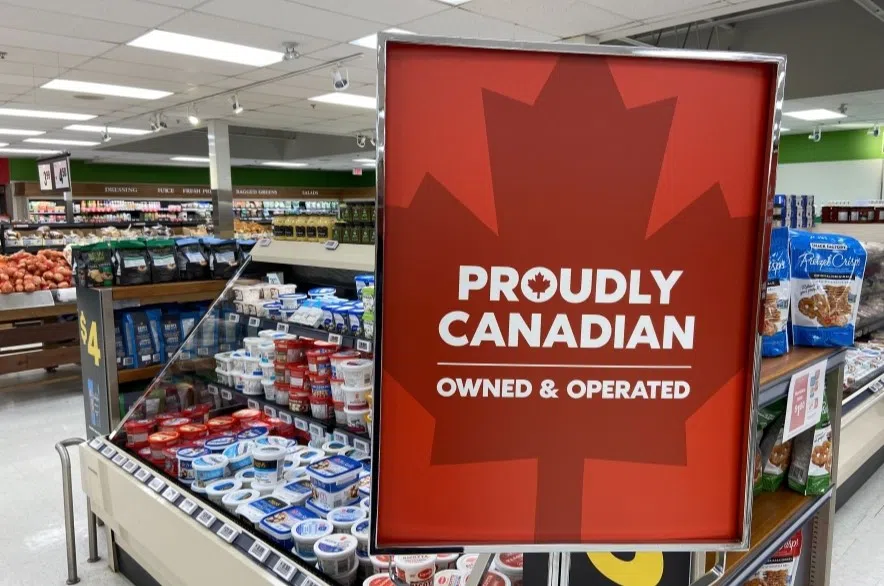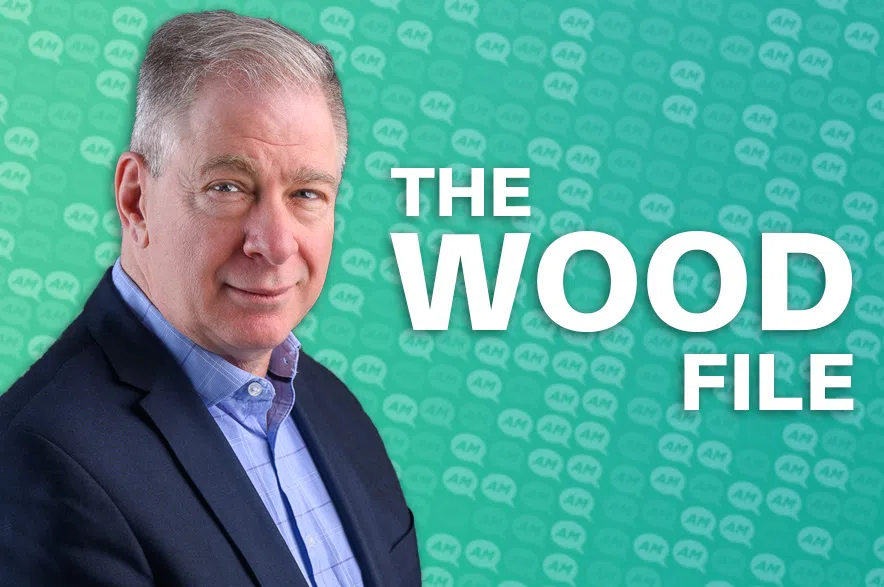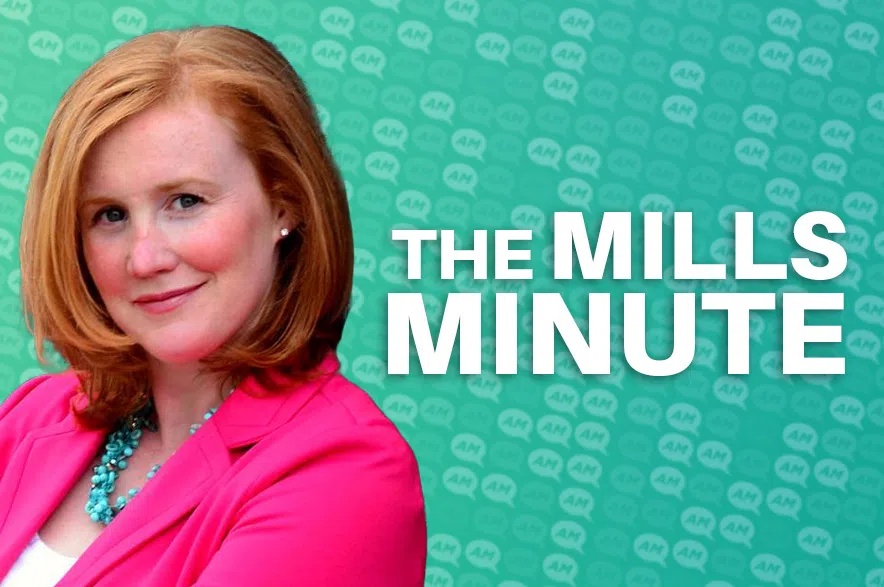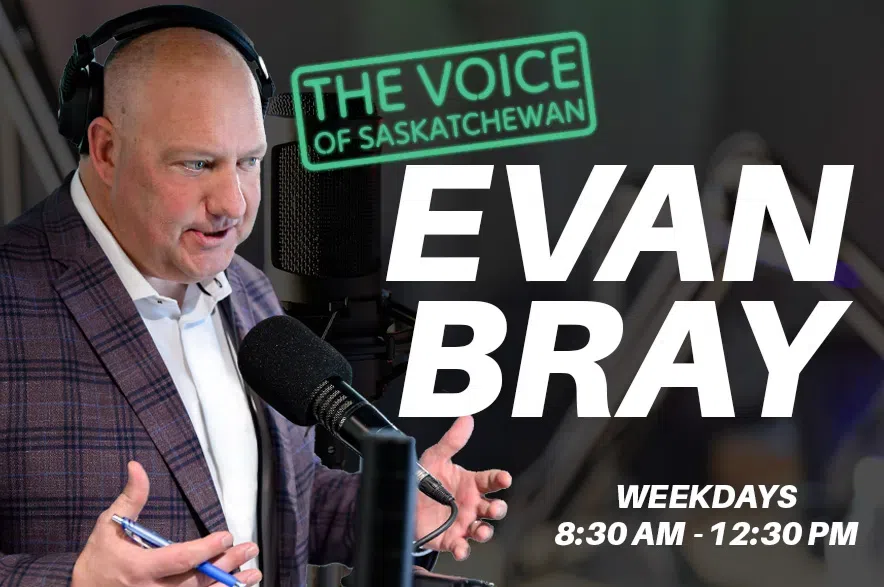Visiting the grocery store or restaurants these days can be challenging, with rising food prices and the push to shop locally.
A new report is taking the temperature of consumers across the country to understand how Canadians are feeling when it comes to their shopping habits at the grocery store or their favourite restaurant
Dr. Sylvain Charlebois, food distribution and policy professor at Dalhousie University and senior director of the Agri-Food Analytics Lab and co-host of The Food Professor Podcast, joined The Evan Bray Show to break down its latest Spring 2025 Canadian Food Sentiment Index.
Read more:
- Sask. NDP wants to institute ‘Buy Local Day’ to promote local businesses
- Sask. Government says 99% of its procurement comes from Canadian companies
- Better Brother Brewing Co. empowers women to learn about craft beer
Listen to the full interview here:
The following transcript has been edited for length and clarity.
Bray: I heard you were in Saskatchewan recently?
Charlebois: Yes, we almost did this segment face to face! I was in Saskatoon speaking at a conference about the role of AI in the food industry.
I was speaking to businesses. I was able to meet with them and meet with dairy farmers in your lovely province, and had some ice cream as well, and it was all good!
Bray: I wasn’t planning on talking about AI in the food industry, but can you give us just a sense of how it is being used? What was the basis of your talk?
Charlebois: There’s lots of fear out there. A lot of consumers are fearful that AI is actually being used against us. And you often hear the term surge pricing instead of dynamic pricing.
For example, you walk into a grocery store and people want bananas, well banana prices will go up. And if nobody wants bananas, prices would drop. AI actually would allow the industry to reduce waste and plan inventory much more strategically and effectively.
Farmers out there in Saskatchewan they’ve been using AI for a very, very long time. Precision agriculture has been a thing for decades now and farmers are much smarter in terms of how they treat their soil, how they use fertilizers, herbicides and things like that, and the way to do it is to use AI.
Bray: What can you tell us about the Canadian food Sentiment Index?
Charlebois: We created this index last year, and we wanted to know what is affecting consumers out there. How are they purchasing and how are they seeing risks and how is news impacting their behaviour at the grocery store?
Inflation is a big one. But the other big factor is buy local. Because of geopolitics, people are drawn towards local products. The buy local movement is real and people are just drawn to independent grocers.
Bray: Does the buy local movement have surges at certain times of the year?
Charleboios: People are thinking about agriculture in the province. They’re thinking about local. I would say that in the summer, there’s an acute sense of local.
But what Donald Trump has done is get the entire world to think differently about food. It’s not just in Canada, it’s around the world. That’s why a lot of grocers had to pivot. They had to de-Americanize their store as much as possible; that’s why we were seeing more products from abroad.
The non-American sentiment is much more powerful than the buy local movement.
Bray: Does the buy local movement work in a compatible way with the affordability issue?
Charlebois: I think consumers are smarter, they actually look at prices. Ten years ago, not everyone was actually looking at prices. But not everything local is more expensive. Some stuff is actually cheaper, but not always. I do think that food inflation is the enemy here.
The number one reason that’s pushing people to think local is on television every single night and that reason is Donald Trump. I think (the buy local movement) is going to last a while, but it’s starting to fade.
If you talk to grocers, it’s starting to fade already. My guess is that we’re probably going to go back to normal at some point and grocers will start sourcing food products that are as cheap as possible to keep costs down.
Bray: Do you see different trends across generations?
Charlebois: Boomers want to buy local and they have the means. The younger generations do want to buy local, but they do not have the means. So they’re obviously pushed to buy the cheapest products possible.
We’re seeing Canadian products at the grocery store, but we’re seeing products from Peru, South Africa, and more products from Mexico, because the younger generations know that they can’t always buy a local; they need affordable options.
Bray: In the report, it says trust in food institutions is rising, predominantly for independent grocers. What’s driving that?
Charlebois: I believe that most people might not even know what an independent grocer is. We go and shop and buy at Costco, Walmart or Loblaw-operated stores, but nobody really thinks about the independents. They’re critical because they are the ones offering different products, unique products and sometimes local products.
Consumers’ trust has gone way up for everyone, but in particular independent grocers, probably because of the buy local movement.
Read more:











